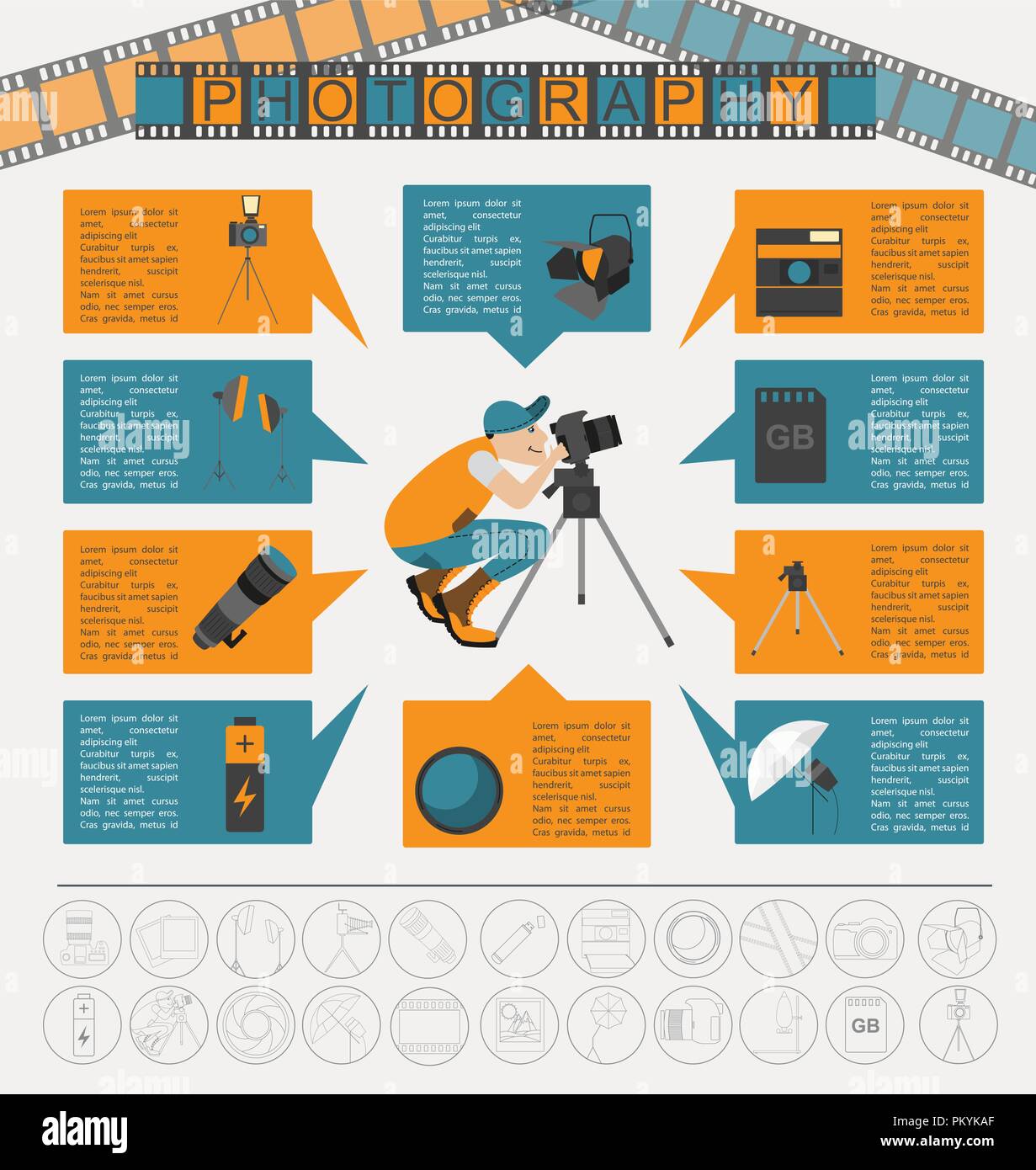Join Us To Discover Necessary Photography Pointers That Will Unlock Your Video Camera'S Capacity-- Prepare To Catch Sensational Pictures In No Time At All!
Join Us To Discover Necessary Photography Pointers That Will Unlock Your Video Camera'S Capacity-- Prepare To Catch Sensational Pictures In No Time At All!
Blog Article
Content By-Lundgreen Odgaard
When you initially grab your cam, it can feel overwhelming with all the settings and choices available. You might find yourself wondering exactly how to browse aperture, shutter rate, and ISO effectively. Understanding these fundamentals is vital, however there's even more to photography than just technical knowledge. Understanding make-up methods and lights conditions can raise your pictures significantly. So, suppose you could learn simple methods to boost your skills and begin capturing excellent photos sooner than you believe? Let's check out just how to transform your digital photography journey.
Comprehending Cam Settings
Comprehending your cam settings is important for catching magnificent pictures. When you grab your electronic camera, acquaint yourself with the three major setups: aperture, shutter speed, and ISO. Each plays an important function in just how your images end up.
Start with aperture, which controls the quantity of light going into the lens. A bigger aperture (reduced f-number) allows much more light and develops an attractive background blur, perfect for portraits. On the other hand, a narrower aperture (greater f-number) keeps even more of the scene in emphasis, suitable for landscapes.
Next off, concentrate on shutter rate. This setting determines for how long your electronic camera's sensing unit is subjected to light. https://squareblogs.net/torri96treena/just-how-to-discover-your-distinct-design-as-a-professional-photographer up movement, which is terrific for activity shots, while a slow-moving shutter speed can create stunning impacts like smooth water in landscapes.
Lastly, change your ISO. This setup impacts your camera's sensitivity to light. https://www.brides.com/black-owned-wedding-businesses-4846896 is useful in low-light scenarios but can introduce noise or grain. Aim for the lowest ISO feasible while still attaining proper direct exposure.
Structure Methods
When you're out shooting, structure can make all the distinction in how your photos resonate with audiences. Start by utilizing the guideline of thirds; envision your framework divided into 9 equal sections with two horizontal and 2 vertical lines. Setting key elements along these lines or at their intersections to produce balance and interest.
Next off, take into consideration leading lines. These all-natural lines in your scene, like roadways or rivers, draw the viewer's eye right into the picture, leading them via the story you're telling.
Don't ignore framing; usage aspects within your scene, like trees or home windows, to produce a frame around your subject, adding deepness and emphasis.
Likewise, watch on your history. A cluttered history can distract from your main topic, while a straightforward one aids it stand out.
Finally, try out symmetry and patterns; they can develop a striking photo that captures attention.
Mastering Lights Conditions
Mastering lighting problems is vital for recording magnificent photos, as the right light can transform a normal scene into something phenomenal.
Start by observing all-natural light at different times of the day. Mornings and late afternoons supply the very best light, referred to as the golden hour. The soft, warm tones throughout these times can improve your images wonderfully.
Don't shy away from cloudy days either; diffused light can reduce rough darkness and create a pleasing impact, particularly for portraits.
Try out backlighting by positioning your topic versus the source of light. This method can create a fanciful halo impact and include depth to your pictures.
Focus on your camera settings too. Readjust the ISO, aperture, and shutter rate to fit the lights conditions. A higher ISO can aid in low light, yet be cautious of grain.
Utilize a tripod in darker atmospheres to prevent blur.
Last but not least, do not fail to remember artificial illumination. Flash and continual lights can be great tools for regulating light in tough problems.
Verdict
Finally, grasping your camera doesn't have to be overwhelming. By comprehending your settings, using structure techniques, and taking advantage of the power of all-natural light, you'll rapidly raise your photography skills. Keep in mind, practice makes best, so go out there and try out your newfound knowledge. With time and commitment, you'll be capturing sensational images that mirror your distinct viewpoint. Enjoy the trip, and don't fail to remember to have fun while you're at it!
